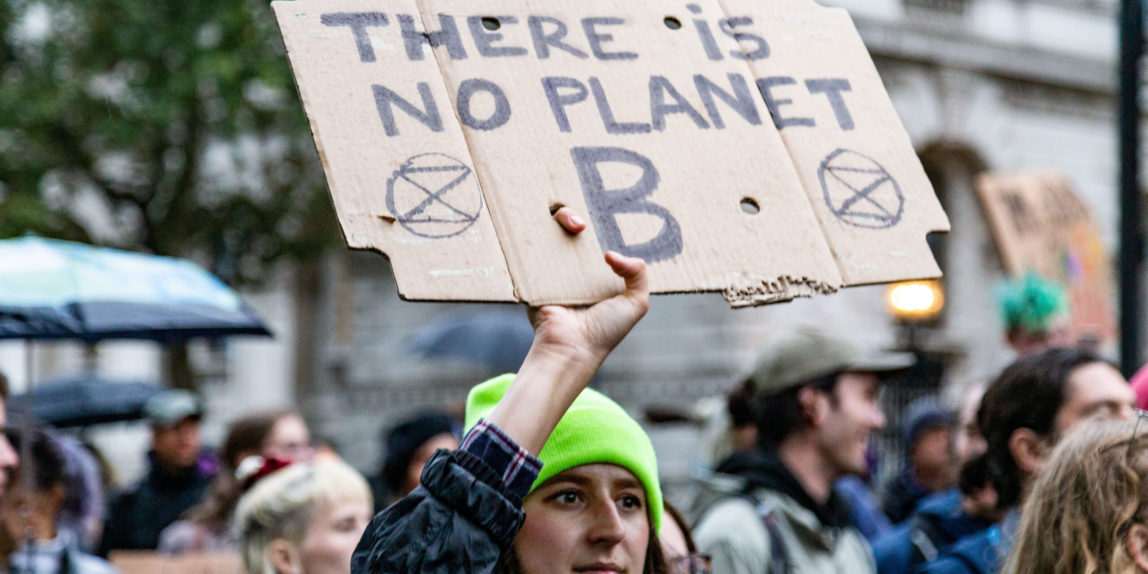“Photobooks or essays on social crises can be maddeningly
formulaic. In many, captions are scant at best and informative text
by the photographer (if any) is separated from the photographs”.
Franklin, The Documentary Impulse, p72
My progress through the FMP has convinced me that I am a documentary photographer. I photograph what is out there, real things, but these things fit into a personal narrative forged in many years of activism and political involvement. I have a particular view of the world.
The MA has helped me to realise that my photography should support and amplify my views. Therefore my work should lead to specific meanings, the meanings that I have defined for my pictures. This places me in a challenging situation: how do I point the viewer of my work to the meaning that I have ascribed to the work?
Some writers would say that I have no right to do that. They would say that the photographer must release their work into the wild and each viewer can form their own opinion of the work. I acknowledge that I am free to do that and on occasion will. But my usual practice is to not do that, so I reject that assertion.
Other commentators would object to any attempt to remove all ambiguity from the picture. But I would suggest that this is a hopeless task anyway. Even the most carefully constructed text can be misunderstood. A picture that uses every semiotic trick in the book, can still be misinterpreted. So I am happy to point my viewer in the right direction (this picture is about .. ) but still leave them leeway to decide on the finer details. This seems more respectful somehow and leaves room for intelligent debate.
I choose to take some control over the meaning of my pictures by employing optional captions. My preferred presentation is an evolved version of Fred Ritchin’s Hyperphotograph. My pictures may be viewed singularly, as a portfolio or enhanced by interactive text captions. The viewer has the option to display the text and hence exercises agency by engaging or not with the text enhancements to my pictures.
My collected pictures must work with the text ignored. They must also work effectively as a captioned photo essay and, conversely, as an illustrated story. So the work involved in creating my stories consists of making sure that the pictures tell a story with or without text, and that the text amplifies the pictures without detracting from them.
I have found myself in an iterative workflow. I get an idea for a story. This is based on pictures I have already taken or pictures I would like to take. I take more pictures or write more words. This suggests more pictures and more words. I photograph more, add and subtract from the collection. I write more and edit existing text. I convince myself that I have got something substantive and therefore start bringing the pictures and text together in the HTML files that are the basis of the hyperphotographs. I then realise that something is wrong or missing. More picture taking, more writing, more coding.
Then I am faced with a fundamental question: “Is it finished”? A number of interviews with artists have included the same question: “how do you know when it’s finished”? They tend to reply: “you just know”.
Hyperphotographs require more choices than a collection of pictures. Not only do I need to decide on what pictures to use, what sequence to use and how I should edit them. I also need to consider captions, expanded text elements, positioning of the text over the picture, whether to use additional linked content and how I can make this interactive picture navigable.
But I accept these additional decisions happily, because more content gives the possibility to guide and inform my viewer more effectively. I have more opportunity to communicate the ideas I feel strongly about.
